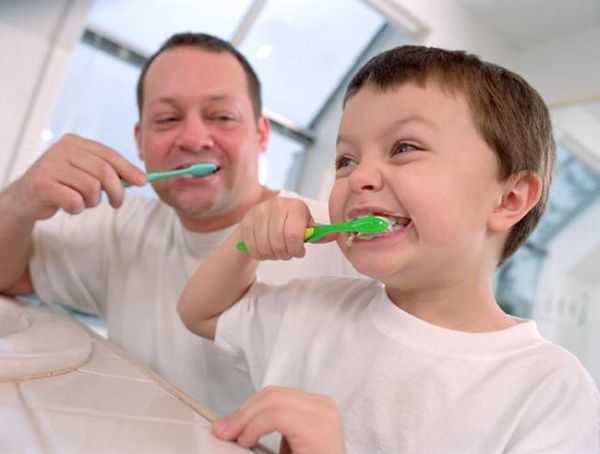
Gingivitis is a gum disease which leads to inflammation and redness of the gums. Being a very mild and usually painless, gingivitis often goes unnoticed. But it can be the initial cause of other severe gum disease known as periodontitis. This condition might even result in tooth loss.
Causes of Gingivitis
Poor oral hygiene is the main common reason of gingivitis. Poor oral hygiene allows plaque formation in the teeth. Plague is formed when starch and sugar reacts with the bacteria that are present in our food. It is a sticky film made of bacteria which is invisible to the eye. It is very essential to remove plaque everyday as it has the capability to reform again in 24 hours. This can be achieved by brushing and flossing. Hardened plaque converts to tartar or calculus. Professional dental procedure is required to remove tartar; brushing and flossing does not remove it.
Apart from this the other factors which causes gingivitis are:
- Consuming tobacco
- Old age
- Diabetes
- When immunity decreases in people having HIV/AIDS or leukemia
- Medications
- Fungal and viral infections
- Dry mouth
- Hormonal changes caused by using contraceptives, pregnancy or menstrual cycle in women
- Improper nutrition
- Dental restorations which are not fitted properly
Symptoms
Gingivitis is usually not painful; so people do not come to know whether they have gingivitis. The best way to find if you have gingivitis is to test your gums. Gingivitis affected gums would be dark reddish, swollen, and bleed easily, else if they are healthy they will be pale pink in color and firm.
All or few of the following may be the symptoms of gingivitis :
- Inflamed gums
- Soft, swollen gums
- Diminishing gums
- Tender gums
- Brushing and flossing will cause gums to easily bleed. If you find redness on your brush or floss it might be a symptom of gingivitis.
- Gums become dark reddish colored from the normal pinkish color
- Foul breath
When to see a dentist
In spite of no traces of gingivitis, it is always advisable to visit the dentist at least once a month. This will enable you to recognize gingivitis or any other dental problem in the initial stages only. However, if you notice the above symptoms, immediately consult your dentist. It is better to treat gingivitis as early as possible.
Tests and diagnosis
Dentist would confirm the result only after a thorough testing and diagnosis. He will also inspect your gums, mouth, tongue, and teeth so that he can look for occurrence of tartar, plaque, and also for redness of gums, swelling of gums or bleeding of gums. A medical evaluation might be recommended by the dentist if he is not able to determine the problem by the symptoms and the above inspection.
Treatments and drugs
Prompt and proper treatment done in professional care and then appropriate oral hygiene at home reverses the damage and symptoms caused by gingivitis. This will then also avert the possibility of further serious gum disease.
The professional gingivitis care consists of the following:
- Remove the substances, plaque and tartar, which cause gingivitis. This procedure is termed as scaling.
- This is followed by an elaborate instruction on proper and correct techniques of brushing and flossing.
- Thereafter regular visits for regular professional checkups and also cleaning of the teeth and gums.
- Sometimes if dental restoration is not letting you keep proper oral hygiene you will have to fix it.
Follow-up home care comprises of the following:
1. You need to brush effectively and properly at least two times a day.
2. Daily flossing of teeth.
3. If it has been advised by the dentist you will need to use antiseptic mouth rinse
If you are following proper hygiene at home your healthy gums will start appearing in few days or a week.
Prevention
By now you must have got an idea from this article that the main culprit behind gingivitis is poor and inadequate oral hygiene. So as it is said prevention is better than cure, the best way to prevent gingivitis is to follow proper oral hygiene throughout your life so that gingivitis does not trouble you.
Brush your teeth two times in a day, one in morning and one before going to bed and do not forget to floss once a day. If you can brush every time after you eat, nothing like that. Visit your dentist for complete checkup within 6 to 12 months .




